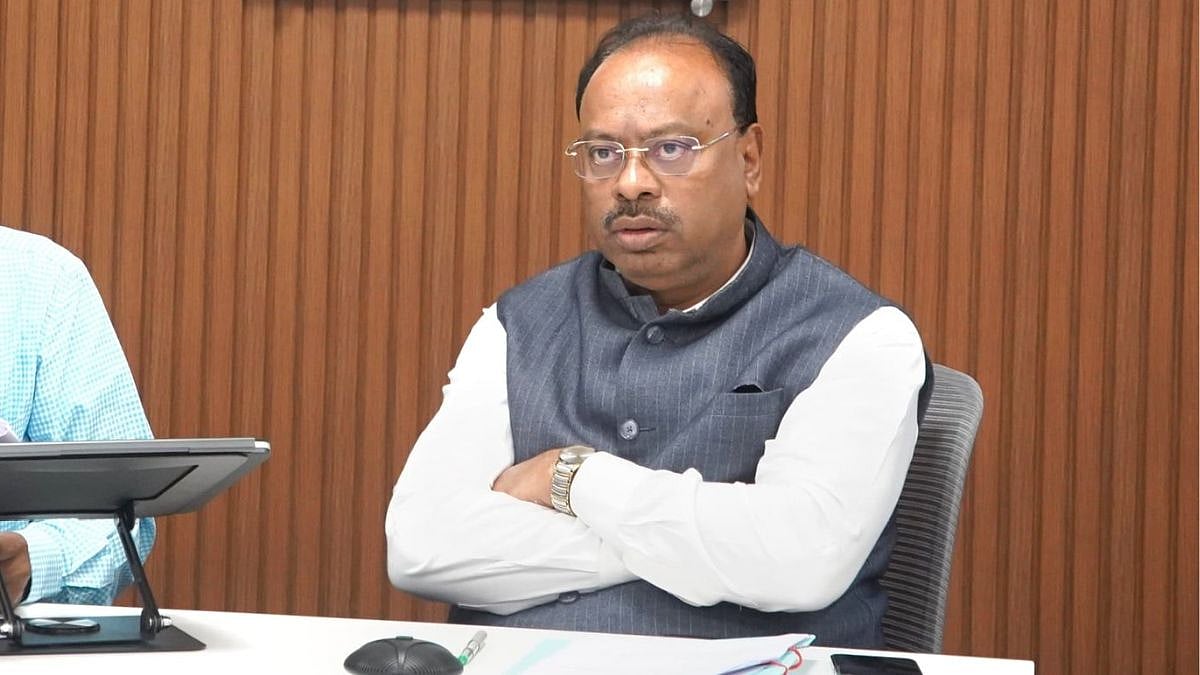In contrast to previous years, Finance Minister Nirmala Seetharaman made no mention of “doubling farm income” in her budget speech of 2022-23, but proposed an allocation of Rs 2.37 crore towards price support (MSP), which is expected to benefit 1.6 crore farmers. The FM also preferred to stay within the existing policy framework, indicating that agri-reforms are off the table for now. This is not to say that the agriculture budget is short of positive features.
While the objective of announcing generous procurement of wheat and paddy may be politically motivated, it will assure farmers that the price support mechanism will continue, even if their demand for a legal guarantee of MSP is not accepted. The recent agitation against the Farm Laws 2020 was led by the green revolution states (Punjab, Haryana and western Uttar Pradesh), the primary fear being the phasing out of MSP in favour of market mechanisms. With the upcoming assembly elections in Punjab and UP, the move was not unexpected. That said, the procurement base has expanded in recent years, to cover farmers from other states like Madhya Pradesh, Gujarat, Rajasthan, Telengana and Andhra. While price support benefits an estimated 14 per cent of farmers, the PM Kisan Samman Nidhi Yojana provides Rs 6,000 per annum to over 10 crore farming families.
The Rs 68,000 crore allocated under this scheme for FY 22 is marginally more than the revised estimates for the previous year. The FM sidestepped demands for increasing the amount under PM KISAN and extending it to cover landless agricultural workers. In this context, it must be mentioned that the allocation for MNREGA is the same as FY21 and considerably less than the revised estimates. The FM spoke of boosting agri-tech. While applying drone technology to agriculture sounds exotic, it is by no means a new programme. Drones have already been used to monitor crops for public crop insurance schemes and map land holdings. However, using drones to spray pesticides is fraught with health risks and can result in contamination of water bodies.
Public-private partnerships aimed at delivering digital services to farmers are proposed. Agri-startups were expected to be a focus area and the FM followed through with a NABARD-mediated fund for value chain-linked enterprises that will support Farmer Producer Organisations (FPOs), enable IT services for farmers and provide access to farm machinery on a rental basis. However, no mention was made of eNAM (national electronic trading platform) in the budget speech. The FM’s promise of expediting digitisation and transliteration of land records, with a “Unique Land Parcel Identification Number to facilitate IT-based management of records” is a much-needed step and will have far-reaching consequences.
But implementation is the responsibility of the state governments. To leverage the new-found interest in ‘natural’ and ‘healthy’ foods following the Covid-19 pandemic, two schemes were announced. First, the long-standing policy of promoting organic farming has received a boost, in the form of a package for ‘chemical-free’ agriculture with the participation of states and MSMEs. The first focus area will be a five-km wide corridor along the banks of the Ganga. The scheme will also assist efforts to clean the Ganga, as agro-chemicals are a major source of pollution.
Second, the government intends to take advantage of the UN ‘International Year of Millets’ in 2023 to showcase India’s wide variety of coarse grains, through national and international branding. Domestic demand for millets has seen an upsurge, thanks to changing consumer preferences. As non-water intensive crops, millets are also part of the climate action programme.
The government’s efforts to increase production of pulses and oilseeds in recent years have met with success, and helped to reduce import dependence, besides encouraging crop diversification. Even so, oilseeds continue to account for a large chunk of the agricultural imports bill. The renewed focus on promoting domestic production of oilseeds is a welcome step, in that it also contributes to sustainable agriculture.
Agriculture and allied sectors (such as animal husbandry, bee-leeping, horticulture and agro-forestry) have received a marginally higher allocation. In particular, the Blue Revolution (aquaculture) has seen a substantial increase, perhaps because budget 2020 had targeted fishery exports of one lakh crore by 2024! While the ‘more crop per drop’ water conservation mission (PMKSY or Kisan Sinchai Yojana) has not seen much of an increase, the Jal Jeevan or rural drinking water mission has received a big boost. In terms of irrigation, the headline is the Rs 44,605 crore allocation for the Ken-Betwa river-linking scheme, which will irrigate nine lakh hectares of farmland.
Agriculture cannot be seen in isolation. The overall thrust towards infrastructure, specially the development of multi-modal transport hubs, will benefit the farm sector by facilitating movement of perishable and non-perishable agricultural goods by road and rail (the Kisan Rail and Kisan Udaan schemes are already underway). For example, the ‘parvat mala’ and ‘vibrant village’ projects for the north-east will encourage agri-business in the hill states.
Overall, the agriculture budget is cautious, in that it focuses chiefly on existing schemes. The pre-pandemic thrust towards liberalisation has dissipated and reforms will have to wait for another day.









